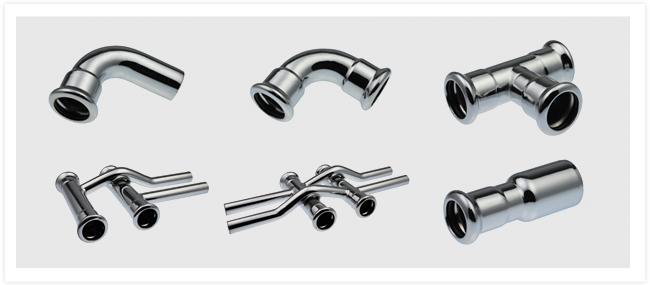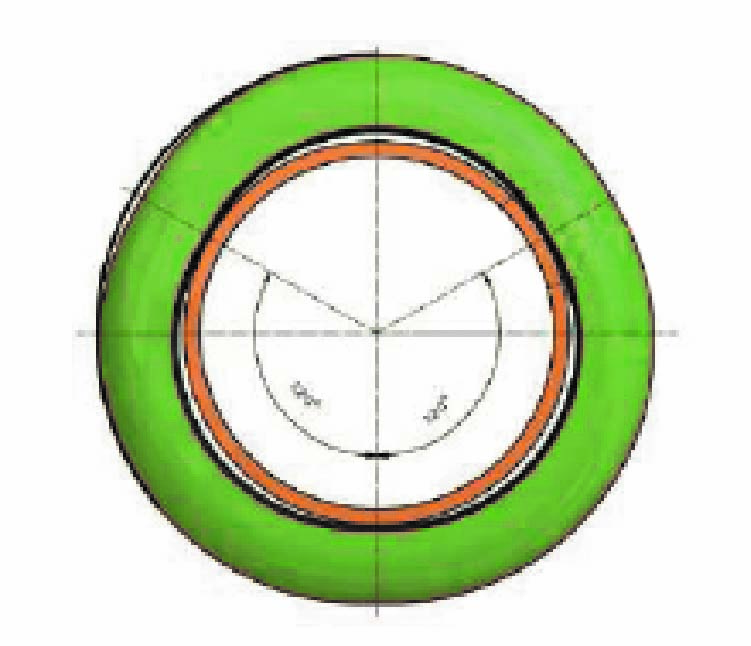- Offer
- Offer
- System types
- System KAN-therm ultraLINE
- System KAN-therm Push
- System KAN-therm ultraPRESS
- System KAN-therm PP
- System KAN-therm PP Green
- System KAN-therm Steel
- System KAN-therm Inox
- System KAN-therm Steel Sprinkler
- System KAN-therm Inox Sprinkler
- System KAN-therm Groove
- System KAN-therm Copper
- System KAN-therm Tacker
- System KAN-therm Profil
- System KAN-therm Rail
- System KAN-therm TBS
- System KAN-therm WALL - the wet method
- System KAN-therm WALL - the dry method
- System KAN-therm Football
- KAN-therm InoxFlow
- KAN-therm Cabinets Slim & Slim+
- Installation types
- Heating and cooling installations
- Cold and hot tap water systems
- Underfloor heating and cooling systems
- Wall heating and cooling systems
- External surfaces heating and cooling systems
- Firefighting sprinkler system
- Technological and industrial systems
- Form-inquiry
- KAN-therm water supply distribution systems
- Examples of KAN-System mixer tap fixture branches
- Calculators
- KAN-therm SMART & BASIC+ Automation Systems
- New products in offer
- KAN-term with a new QB certificate.
- Download
- Guarantee of quality
- Reference objects
- About us
- Contact





Connectors/fittings
Connectors are provided with pressed on tips with an O-ring or with tips pressed on and threaded with a female of male threads to PN-EN10226-1:
- knees and tees, connectors,

- connectors with GZ and GW threads and screw joints,

- approaches for receivers.

Connectors are made of a low carbon steel (RSt 34-2) - material No. 1.0034 to PN-EN 10305-3 electroplated with zinc – the zinc coating thickness: 8-15 μm and additionally protected with a passivating chrome layer. The zinc coating is hot applied.
Sealings (O-rings)
Standard „ultraPRESS“ fittings in the KAN-therm Steel and Inox System are provided with EPDM rubber (ethylene-propylene rubber) O-rings satisfying the PN-EN 681-1 standard. For special applications Viton O-rings are delivered extra.
Working parameters and the scope of application of these seals are given below:
| Material | Colour | Working parameters | Application |
|
EPDM ethylene-propylene rubber |
black |
max. working pressure: 16 bar working temperature: -35°C - 135°C short-term: 150°C |
systems: |
|
FPM/Viton fluoric rubber |
green |
max. working pressure: 16 bar working temperature: -30°C - 180°C short-term: 230°C |
systems: |
All the fittings of KAN-therm Inox System within 15-108 mm dimensions contain LBP function (unsealed connections alert - LBP-Leak Before ultraPRESS).
.png)
Within 15-54 mm dimensions the function is realized by a specially designed O-rings. With a special grooves LBP O-rings provide optimal control over connections during the pressure test. Unsealed connections are leaky and therefore easy to locate.
.png)
Within 76,1 - 108 mm dimensions the LBP function is realized by an appropriate shape of fitting (pipe connector ovalisation).

The life of Inox system O-rings was tested by the DVGW Institute and according to these test this life should not be shorter than 50 years.
The durability of O-rings was tested at the DVGW. According to these test their life should not be under 50 years.
Copyright © 2017 KAN Group | All rights reserved. Privacy policy and important information concerning cookies.





















